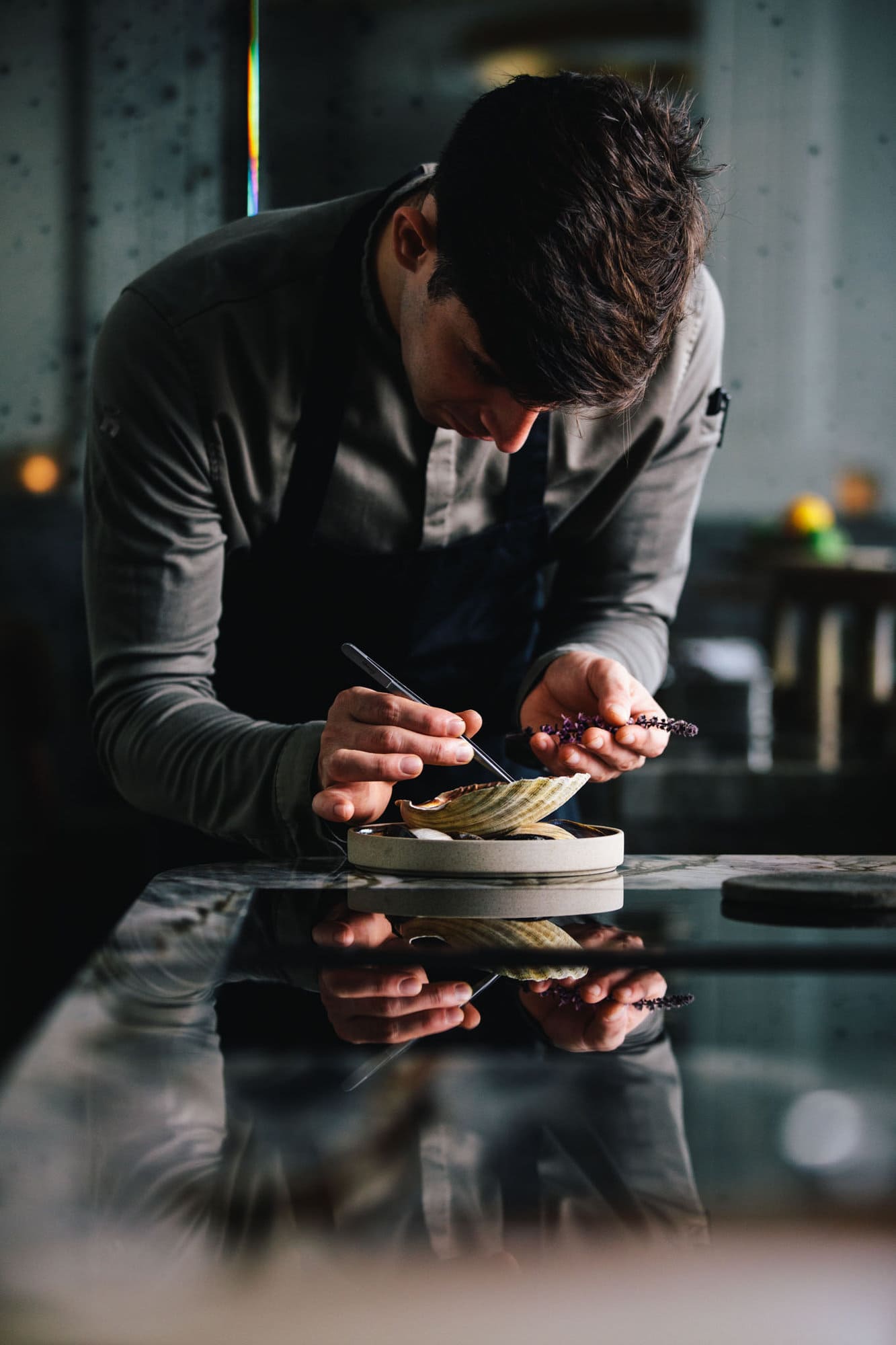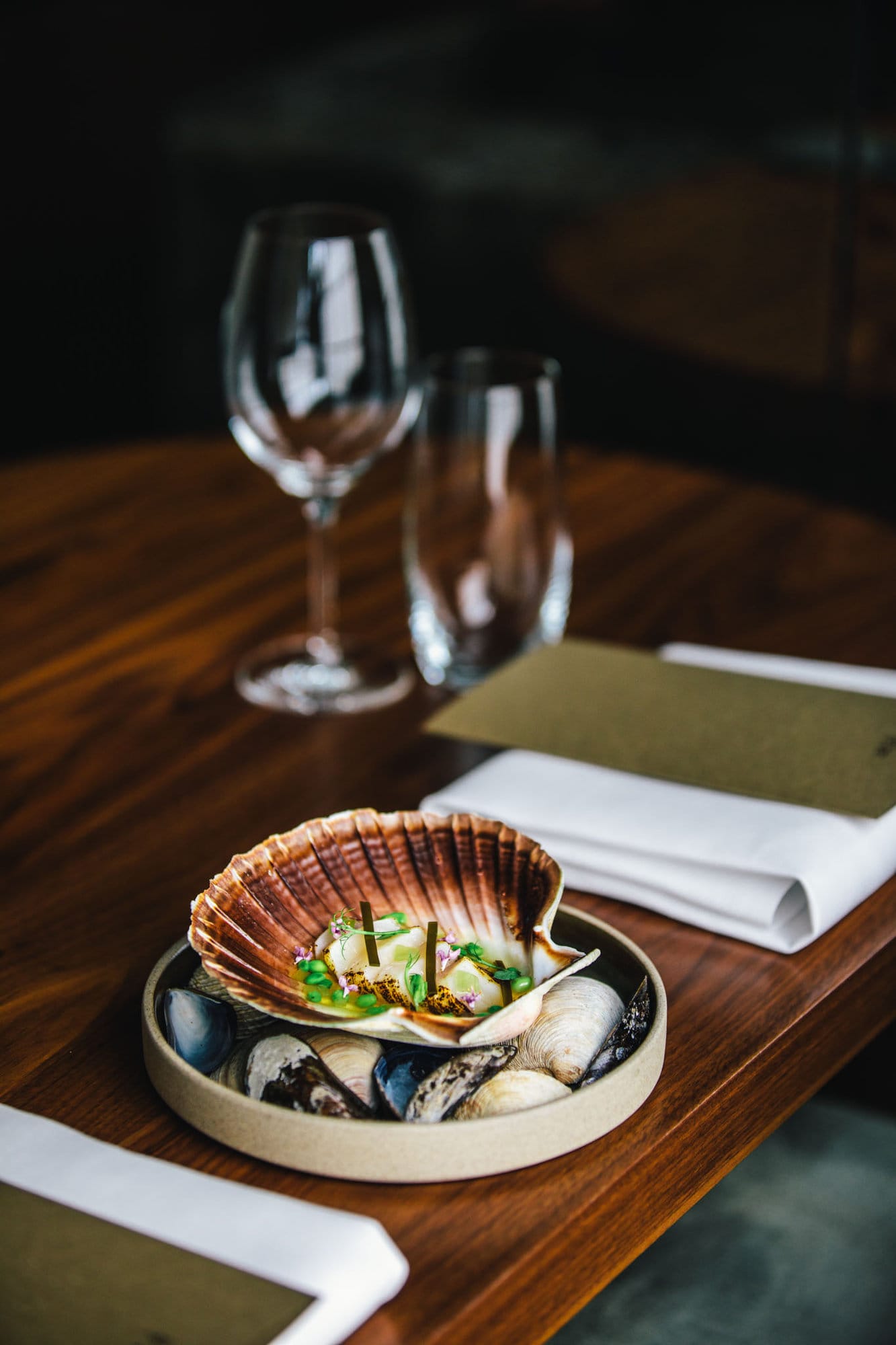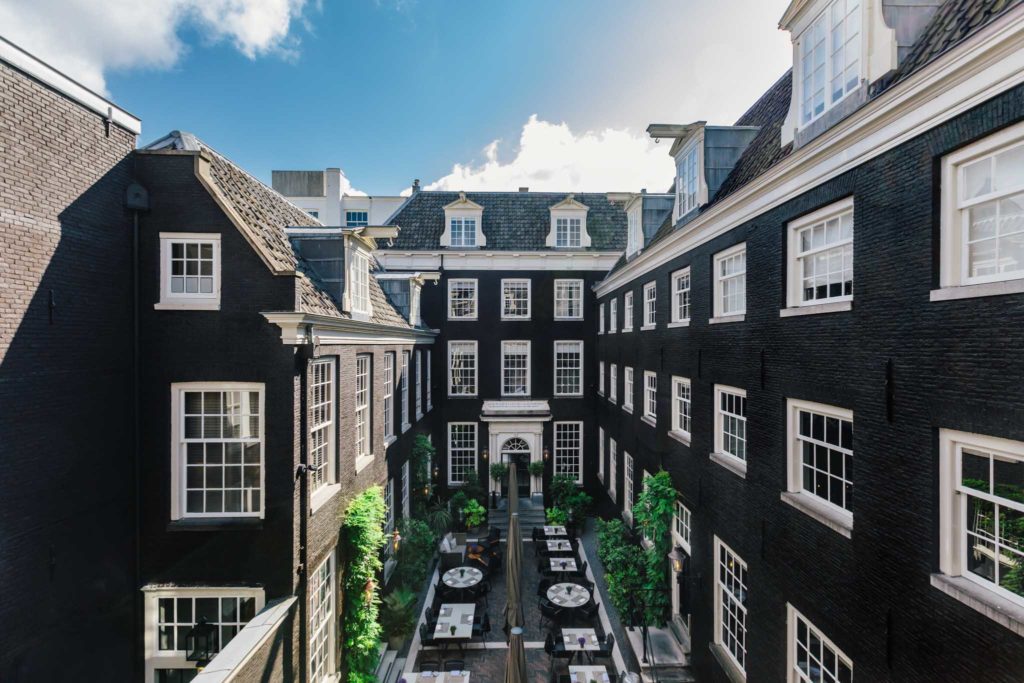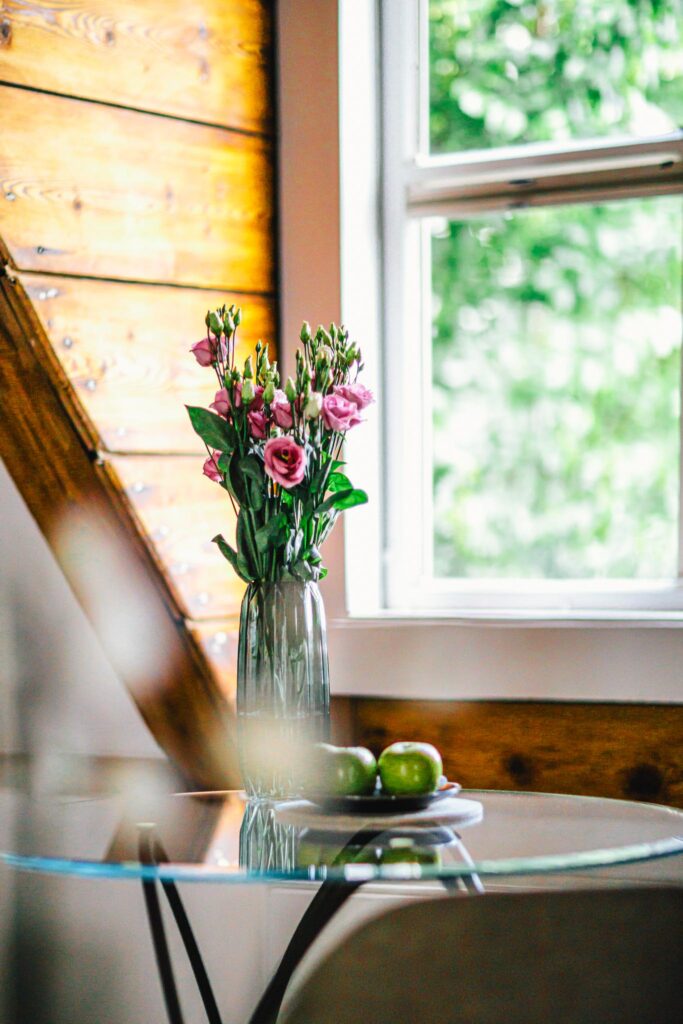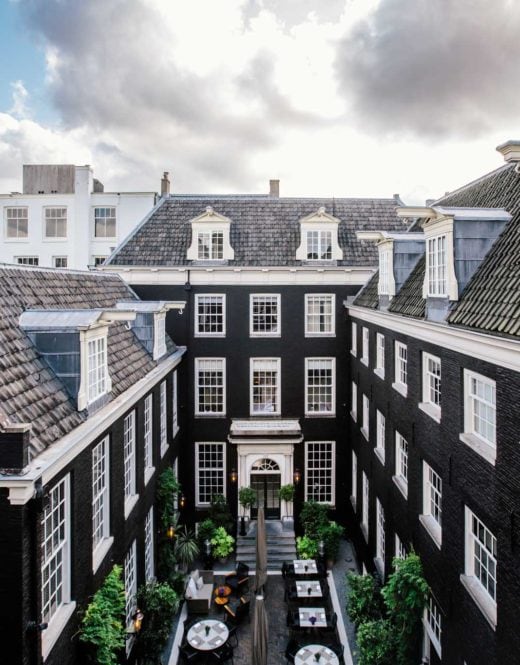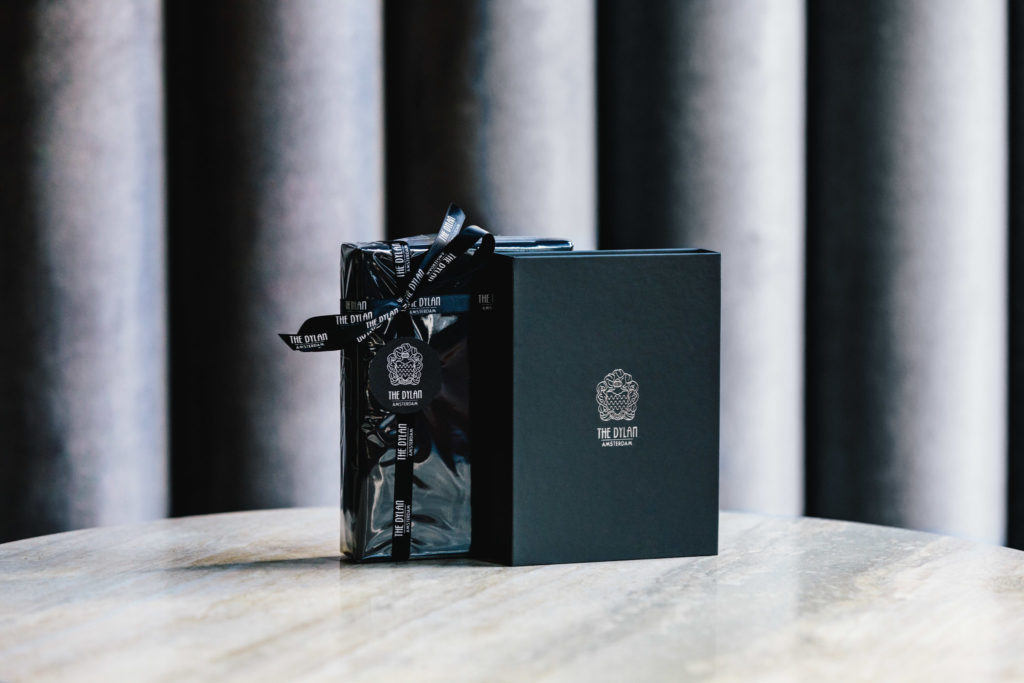From the vibrant flavors of Mexico to the refined base of France, and the precision of Japan, Filip Hanlo’s culinary journey is as diverse as it is inspiring. Now at the helm of his Chef’s Table, até, Filip is inviting food enthusiasts to an interactive culinary adventure.
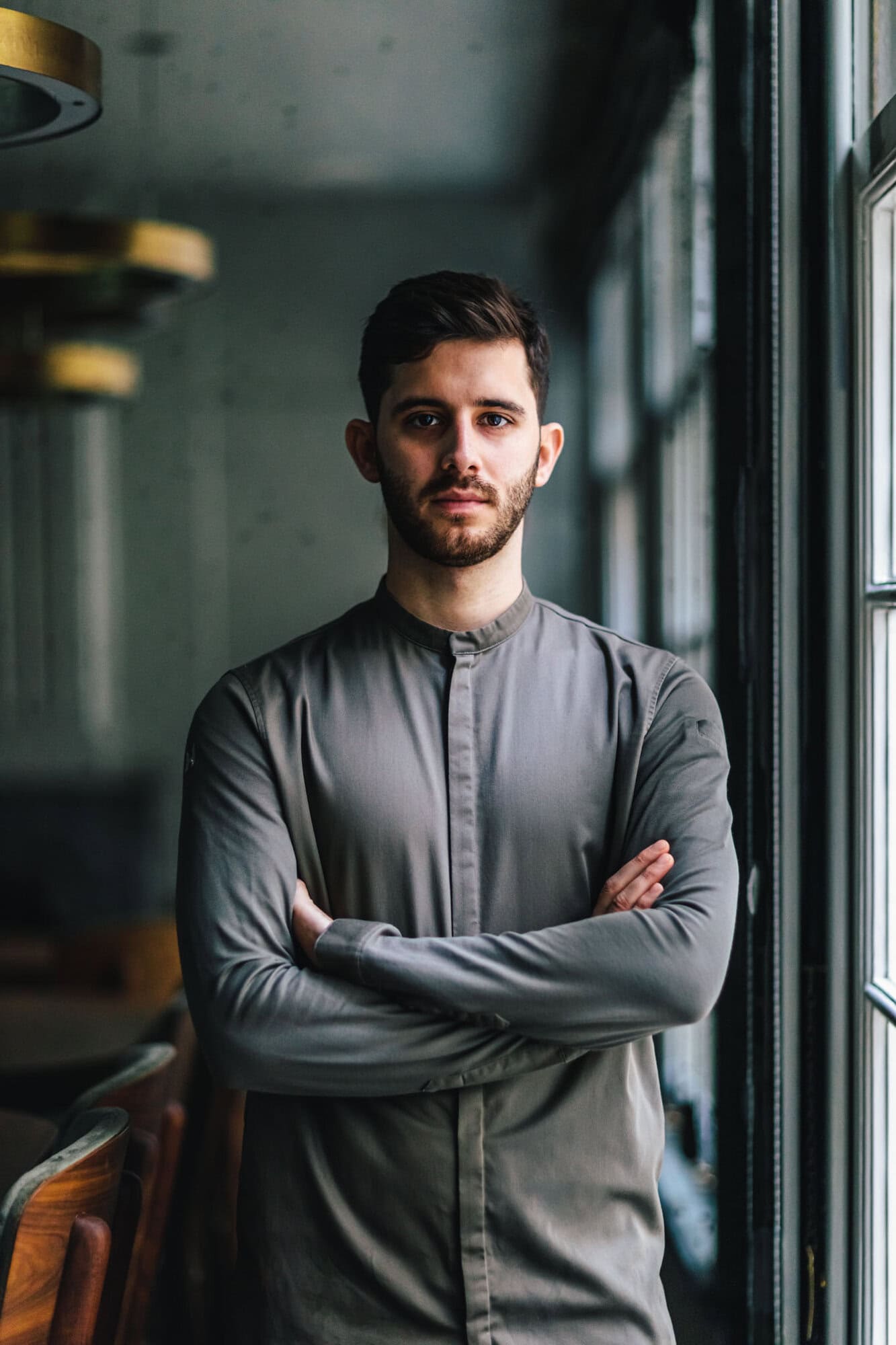
A stove-side story
Born into a family deeply rooted in the hospitality industry, Filip Hanlo found his passion for the culinary arts at a young age. An initial internship at Le Chique*, one of Latin America’s top-rated restaurants, ignited a passion for gourmet cooking that far exceeded a mere profession.
“I always knew cooking was more than just a job for me. After my time at Le Chique, I realized it was a passion that fuelled my curiosity and desire to create memorable dining experiences,” he remarks.
Filip’s gastronomic odyssey took him across continents, staging at world-renowned establishments including Noma in Copenhagen, Antica Macelleria CECCHINI in Italy, and Chez Panisse in California. Each stop added a new chapter to his culinary narrative, refining his skills and shaping his unique approach to food.
After graduating from the prestigious Institut Paul Bocuse in Lyon, France, Hanlo developed a deep appreciation for French cuisine. His sojourn in Japan, where he worked in Azure 45* and Signature*, introduced him to the harmony of French techniques and Japanese ingredients.
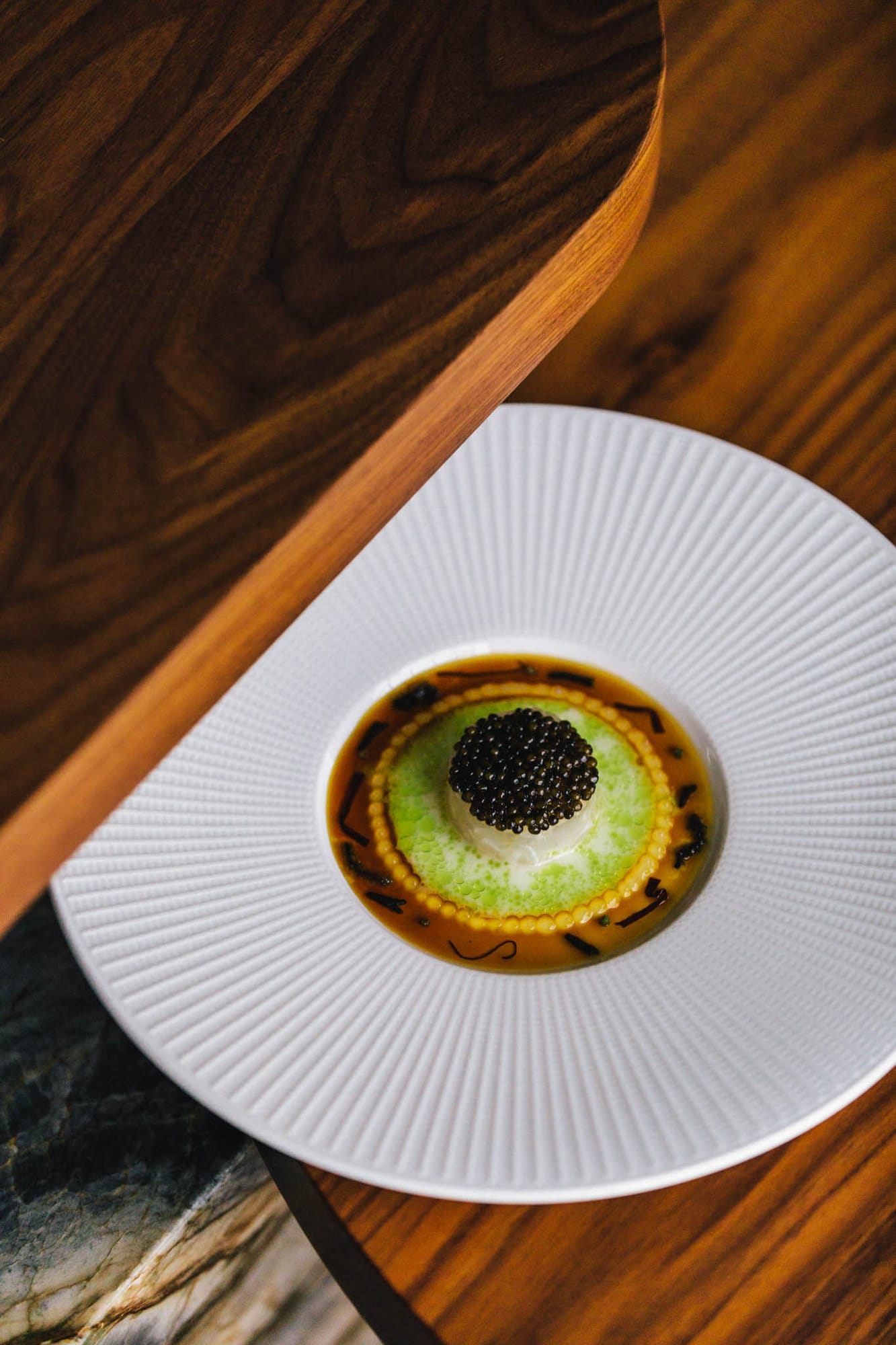
Reflecting on his culinary journey, Hanlo says, “From every country, every kitchen I worked in, I learned something new – not just in terms of cooking, but also about the cultural experience.”
Filip’s culinary philosophy
Filip Hanlo’s cooking philosophy is a mix of the three cultures that have most shaped his career, highlighting what inspired him most. ‘’From my birthplace, Mexico, I like to play with acidity by using exotic ingredients, citrus and chiles. From Japan, I take the craftmanship of using different techniques and recipes to give a fundamental umami taste. From France I use top quality ingredients treating them respectfully and touching ground with French bases in order to refine my dishes.’’
A great example of Filip’s cooking would be his seabass dish. By using an ancient Japanese technique called ‘’kombujime’’, the bass is cured in kombu (Japanese seaweed) giving a characteristic touch of umami. Adding caviar refines the dish, making it subtle and elegant. The finishing touch of delicate citrus such as bergamot gives a dash of acidity, without overpowering the dish.
Amsterdam’s smallest restaurant
até is an intimate fine dining concept, which enables diners to engage with the chef and understand the inspiration behind each dish. From Wednesday to Saturday, Filip takes 6 guests per evening on a 8-course culinary journey at his Chef’s Table. The journey is filled with intriguing stories and fascinating anecdotes of his experiences in some of the world’s highly praised cuisines.
